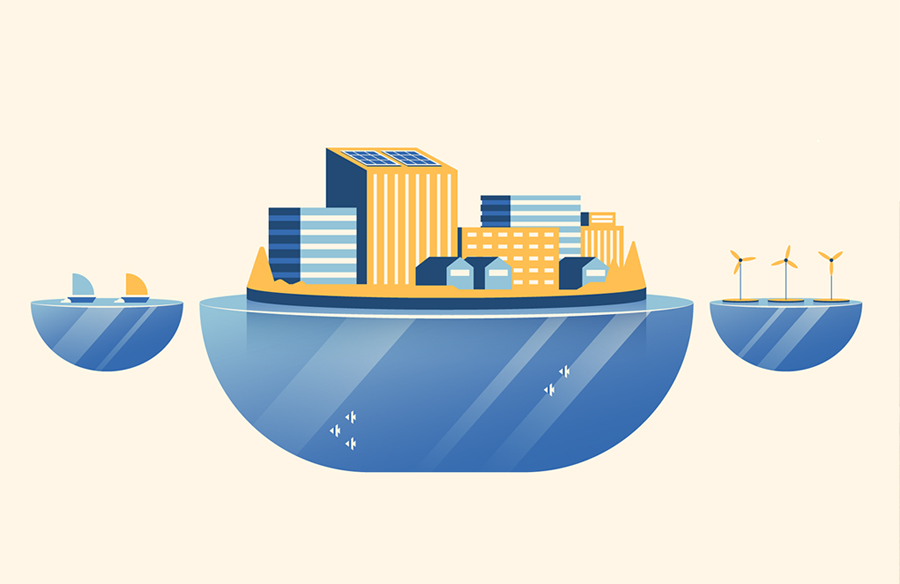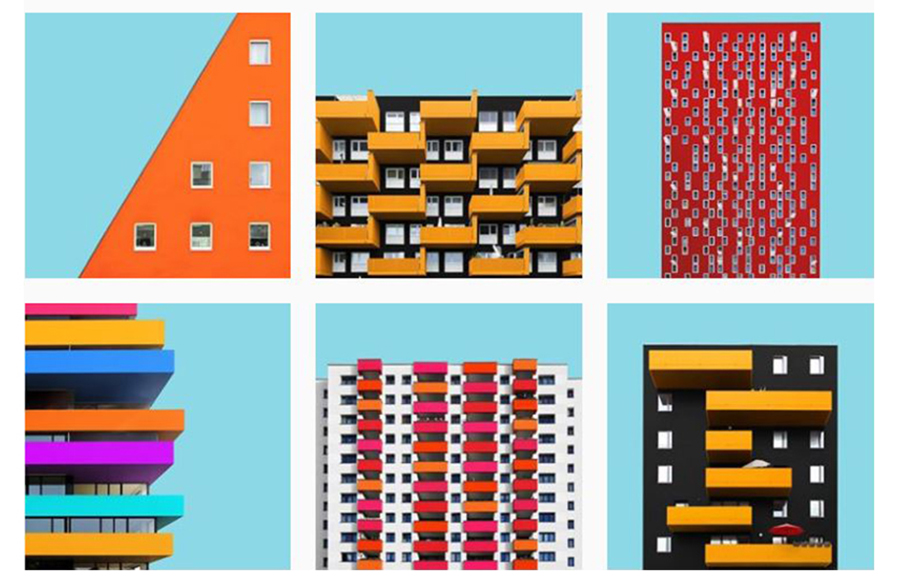Cities are urbanizing at an unprecedented rate. About three million people move to live in a city every week, which means in almost a decade, two-thirds of the world population will be residing in cities. This will put immense pressure on our existing cities which are already dealing with global climate change. 90% of the world’s largest metropolises, from New York to Shanghai, are coastal cities that are at the risk of submerging due to sea-level rise, unpredicted tsunamis and storm surges.
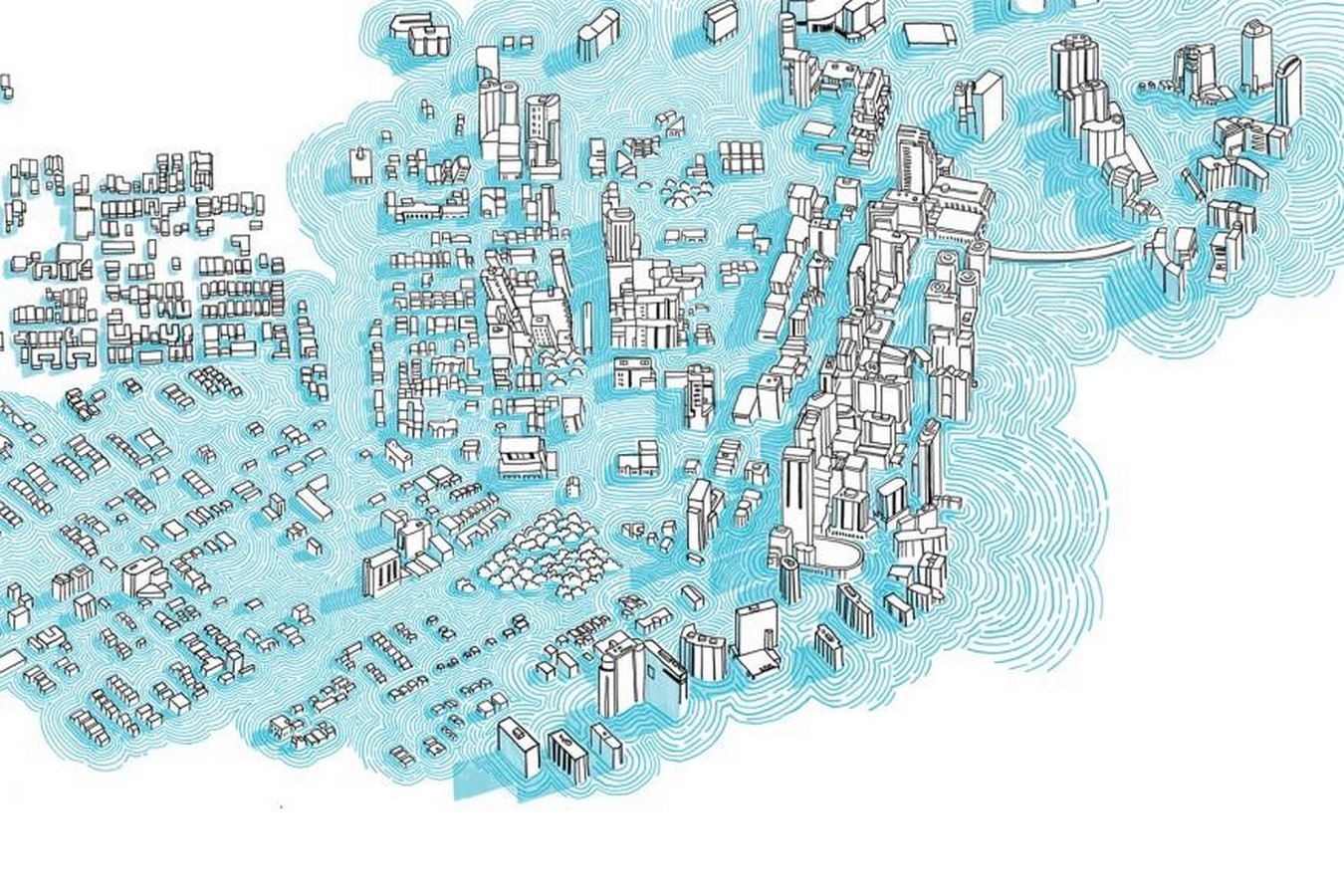
The question is, how will cities sustain and adapt to this inevitable change? How can we prevent mass migration as rising sea-levels invade our cities? What does the future of architecture of coastal cities look like?
Cities have been encroaching upon seas, reclaiming huge portions of land, for a long time now. Mumbai for example, was a group of seven islands merged into one by several land reclamation projects over the years; 20% of the city of Tokyo is built on artificial islands; About a quarter of Netherlands lies below sea-level owing to which the country has adopted an intricate water-resistant system of levees and dykes to prevent water from entering urban areas.

But rather than building higher seawalls to mitigate floodwaters, it is about time we stop fighting the inevitable and embrace it instead. Architects and urban planners all around the world are rethinking the way cities are built and are turning to typological developments in floating and amphibious architecture to adapt to this new reality in the face of climate change.
This type of architectural development of floating cities, however futuristic it may sound, already exists in water-based communities in Cambodia, Vietnam, Thailand and many other places, where the architecture and lifestyle of these communities have constantly been evolving to adapt to life over water. It is within these existing typologies that we can find solutions for the future by integrating them with sustainable materials, innovative techniques and smart energy systems.

Ko Panyi, a floating village in Thailand | Floating Cities
The existence of this village dates back to the 18th century when a group of nomadic Malay fishermen were denied land ownership and therefore built a settlement on stilts in the bay waters of southern Thailand. The village is home to a total of sixteen hundred families and houses a school, a health centre and a mosque apart from residential dwellings. This water-based village of Ko Panyi suggests an alternate way of living where the community respects and responds to nature as it is, instead of destroying it.
“We must start living with water as a friend and not always as an enemy” quoted by Koen Olthius, founder of Waterstudio, a firm that specializes in ‘amphibious architecture’. He has envisaged large-scale floating communities and has designed floating platforms made from foam and concrete that can act as foundations to support structures. He believes that this is the first step towards building floating cities.
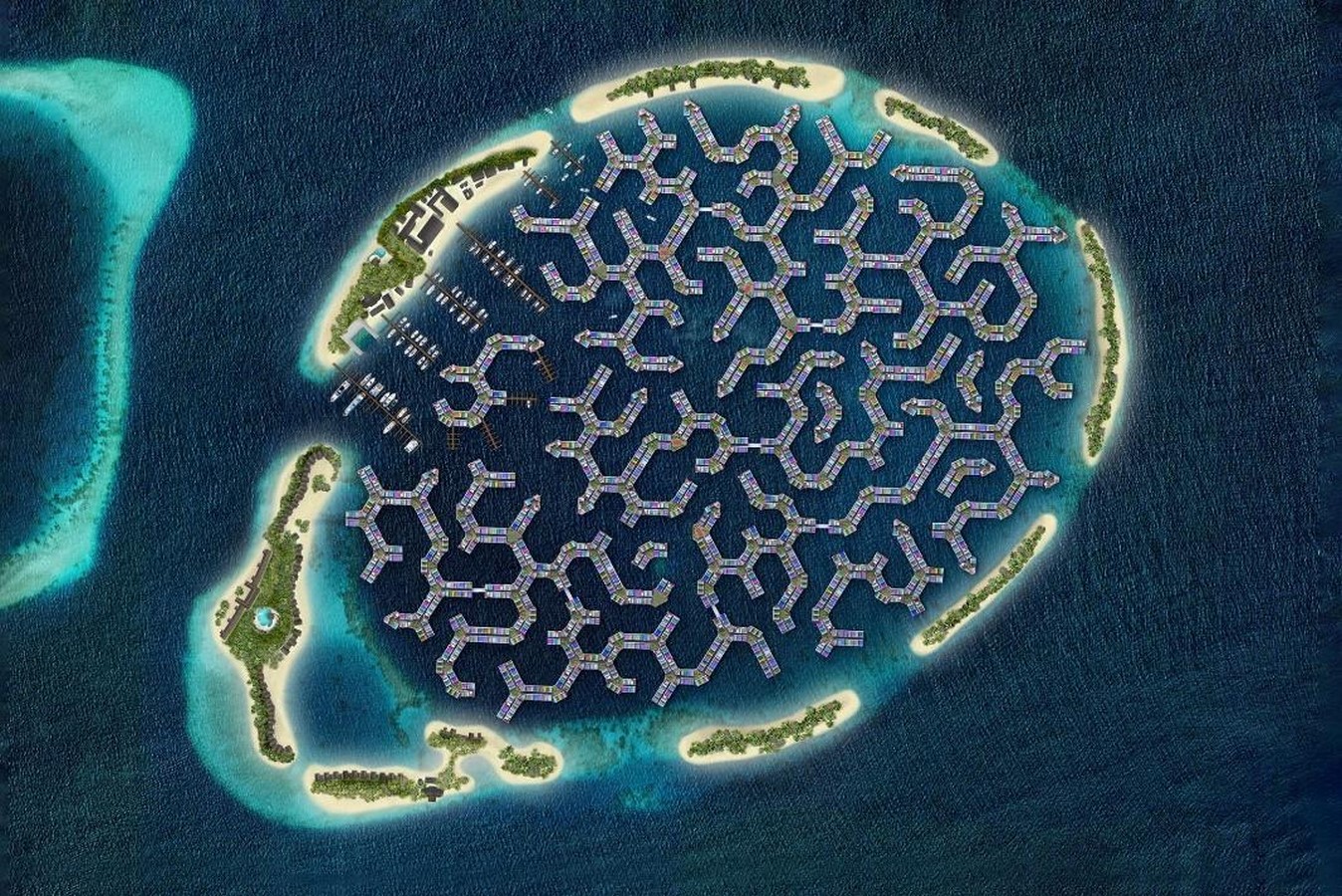
Unlike land-based cities that are static, floating cities could be frequently remodelled as per the changes in population or climate. Olthius further explores the natural cooling properties of water as an example—during hot summer months, the floating foundations could be set apart to create in-between channels of water which will cool the air while during cooler winter months, the gaps could be closed to regulate the heat flow. Therefore, the city will be in constant flux and can adapt easily as per the growing needs of the population.
However, Olthius’s vision of floating cities is that of waterborne extensions of existing cities, still connected to land by certain means. Plans have been envisioned for completely floating cities as well.

The Seasteading Institute, a San Francisco based non-profit, hopes to develop floating communities built from hundreds of floating platforms to house thousands of residents. A prototype has been proposed in the lagoon waters of Tahiti which will constitute homes and other buildings atop several platforms connected by walkways.
This floating village will almost appear as a natural island with green ‘living roofs’ which will be used to filter wastewater. It is with the help of such technologies that future communities would be able to cope with climate change.
Oceanix City

Bjarke Ingels Group has proposed a concept for a sustainable and resilient floating community that will accommodate 10,000 people. The city is developed in modules of six villages that together form a cluster, designed to grow, evolve and transform organically with time. Each neighbourhood revolves around the common goals of a circular flow of energy, food, water, and waste, with communal farming being the core of each platform, thus, making the city self-sufficient.
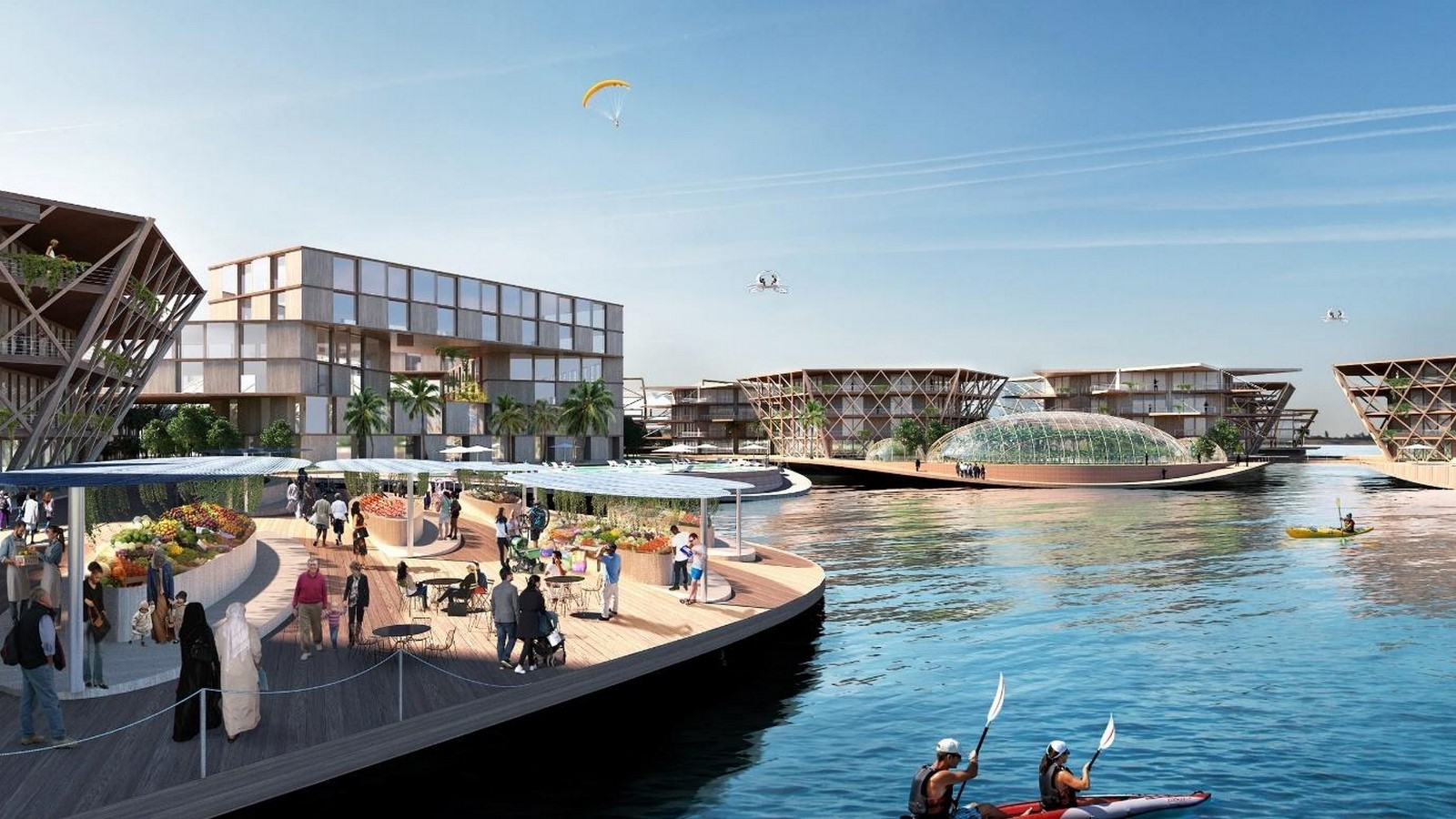
Humans have been changing the environment for the worse, but technology and innovation have the potential to repurpose the environment and change our outlook towards the future of cities. Water lies at the centre of our uncertain future; Climate change is inevitable but isn’t it the time we reimagine our cities as an amelioration of their endless possibilities and realities. The concept of floating cities may seem fictional for now, but it does give hope to the otherwise drowning world.
References | Floating Cities
Cosgrave, E., 2021. The future of floating cities – and the realities. [online] Bbc.com. Available at: <https://www.bbc.com/future/article/20171128-the-future-of-floating-cities-and-the-realities> Accessed 25 Mar 2021.
Ft.com. 2021. Ideas worth floating: architects adapt to rising sea levels. [online] Available at: <https://www.ft.com/content/a821b1d4-dc82-11e5-8541-00fb33bdf038> [Accessed 25 March 2021].
NBC News. 2021. How floating architecture could help save at-risk cities. [online] Available at: <https://www.nbcnews.com/mach/science/how-floating-architecture-could-help-save-cities-rising-seas-ncna863976> [Accessed 26 March 2021].
Ghisleni, Camilla. “Ko Panyi: A Floating Village in Thailand” [Ko Panyi: uma aldeia flutuando no mar tailandês ] 27 Jan 2021. ArchDaily. (Trans. Duduch, Tarsila) <https://www.archdaily.com/955269/ko-panyi-a-muslim-floating-village-in-thailand> Accessed 26 Mar 2021.


